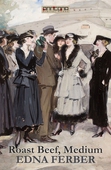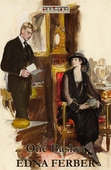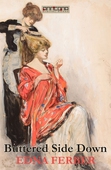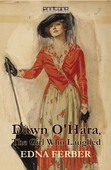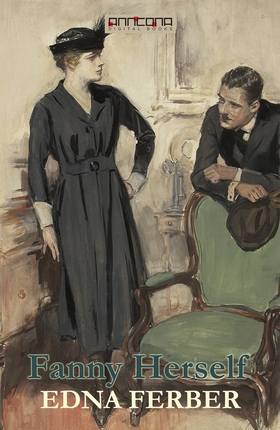
Lägg till önskelistan
Fanny Herself e-bok
Pris
19 kr
Fanny Herself, by Pulitzer Price winning novelist Edna Ferber, was first published in 1917.
Fanny Herself is the story of Fanny Brandeis, a young girl coming of age in the Midwest at the turn of the 20th century. It is generally considered to have been based on Ferber’s own experiences growing up in Appleton, Wisconsin.
Fanny Herself is the intensely personal chronicle of a young girl growing up Jewish in a small midwestern town. Packed with the warmth and the wry, sidelong wit that made Fe...
E-Bok
19 kr
Pris
Ljudbok
65 kr
Pris
Förlag
Anncona Media
Utgiven
25 November 2015
Genrer
Romaner, Skönlitteratur
Språk
English
Format
epub
Kopieringsskydd
Vattenmärkt
ISBN
9789176055342
Fanny Herself, by Pulitzer Price winning novelist Edna Ferber, was first published in 1917.
Fanny Herself is the story of Fanny Brandeis, a young girl coming of age in the Midwest at the turn of the 20th century. It is generally considered to have been based on Ferber’s own experiences growing up in Appleton, Wisconsin.
Fanny Herself is the intensely personal chronicle of a young girl growing up Jewish in a small midwestern town. Packed with the warmth and the wry, sidelong wit that made Ferber one of the best-loved writers of her time, the novel charts Fanny's emotional growth through her relationship with her mother, the shrewd, sympathetic Molly Brandeis.
Edna Ferber (1885-1968) was an American novelist, short story writer and playwright. Her novels were especially popular and included the Pulitzer Prize-winning So Big (1924), Show Boat (1926; made into the celebrated 1927 musical), Cimarron (1929; made into the 1931 film which won the Academy Award for Best Picture), and Giant (1952; made into the 1956 Hollywood movie).
Ferber's novels generally featured strong female protagonists, along with a rich and diverse collection of supporting characters. She usually highlighted at least one strong secondary character who faced discrimination ethnically or for other reasons; through this technique, Ferber demonstrated her belief that people are people and that the not-so-pretty people have the best character.

